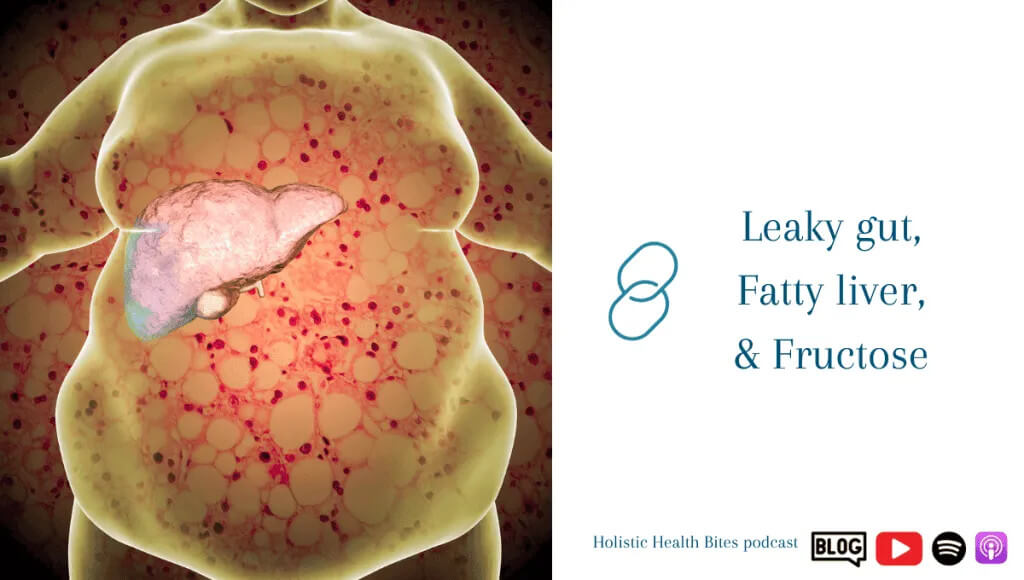
Today, we are talking about leaky gut, fatty liver, and fructose. These may seem like totally independent health challenges, but a study published in the Journal of Nutritional Biochemistry shows the direct link!
Bacteria, fatty liver, and sugar intake
We’ve all heard and can see that the rates of obesity have dramatically increased over the last several decades…but what you can’t see is the incidence of type 2 diabetes, non-alcoholic fatty liver disease, and other metabolic syndromes.
This particular study looked at how fructose in the diet, bacterial overgrowth and leaky gut contribute to the formation of non-alcoholic fatty liver and how fructose leads to bacterial overgrowth and leaky gut directly.
Sugars in the diet
There are three main sources of sugar in the human diet – glucose, fructose and sucrose (which is a combination of glucose and fructose). Glucose is found in every carbohydrate food including fruits, vegetables, grains, beans, nuts, legumes, as well as candy, baked goods, cereals, and sodas. Fructose is primarily consumed in the form of high fructose corn syrup, but is also found naturally in many fruits, honey, agave nectar, maple syrup, and some vegetables.
Fructose is absorbed in the intestines and transported to the liver and is metabolized in a completely different way than glucose is. Glucose metabolism has a rate-limiting step that is tightly controlled. Fructose metabolism doesn’t have this rate-limiting step, so it can be continuously and uncontrollably converted to glucose, glycogen, lactate, and pyruvate. Now, I’ll spare you the biochemistry lesson on how and why those products are produced, but just know that pyruvate and lactate are primarily converted to triglycerides (fat). High fructose diets have also repeatedly been shown to increase the development of insulin resistance and also stimulates production of fat.
Bacterial overgrowth
Bacterial overgrowths in the gut, specifically the small intestine, have been long linked to alcoholic fatty liver disease and are now being examined for the role in non-alcoholic fatty liver disease. While this may seem like a stretch, these bacteria often contain a toxic component called lipopolysaccharide – or LPS. This LPS binds to a protein called lipopolysaccharide binding protein (LBP). Levels of LBP have been found to be increased in those with non-alcoholic fatty liver disease. These bacteria in the gut take pyruvate, one of the byproducts of both glucose and fructose metabolism, and convert it to ethanol – or alcohol. So, even in the absence of alcohol intake, the production of alcohol by overgrowing bacteria in the small intestine, could be contributing to fatty liver development. These patients can even exhale ethanol when they haven’t had any to drink. When the bacterial overgrowth is treated, the breath ethanol reduces. More studies are needed to more fully explore this and other roles.
Fatty liver
Intake of fructose, specifically sugar-sweetened beverages, has been linked as the most common risk factor for fat accumulation in the liver. Bacterial overgrowths and imbalances in microbial populations contribute to the formation of leaky gut. Leaky gut, or intestinal permeability, also increases overall inflammation and systemic toxin transportation from the gut through the body, increasing free radical formation. These toxins can be the same LPS toxins produced by bacteria or they may be food-borne toxins, environmental toxins, undigested food particles, or pathogens.
The authors of this paper point out limitations in the information gathered thus far in the research, but certainly highlight some valuable information on the development of fatty liver disease.
Andrea’s Takeaways
So, what can we take from this study? Here are my top 3 recommendations:
- Limiting fructose intake is wise, especially from sugar-sweetened beverages and anything with fructose added or concentrated.
- Limiting overall sugar intake (in all forms) is also wise. This doesn’t mean everyone needs to go low carb or keto and actively avoid all carbs, but as a society, we eat far too many carbs, especially refined carbs and processed foods. If you have type 2 diabetes, fatty liver, stubborn weight, or any digestive symptoms, addressing adequate nutrition and correcting underlying infections and inflammation is paramount to healing.
- The gut is the source of many diseases. Even if you don’t have overt digestive symptoms, I suggest everyone undergo a digestive wellness investigation. Many people have hidden digestive dysfunctions and infections that can contribute to many conditions like autoimmune diseases, food sensitivities, hormone imbalances, added weight, unexplained weight loss, and organ-specific conditions.
These are common conditions I work with in my practice. We start with a thorough investigation, solve whatever is found, then create lasting routines to maintain ideal results. Schedule a free call with me to talk about your unique situation.



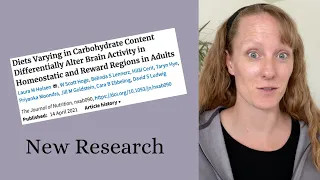


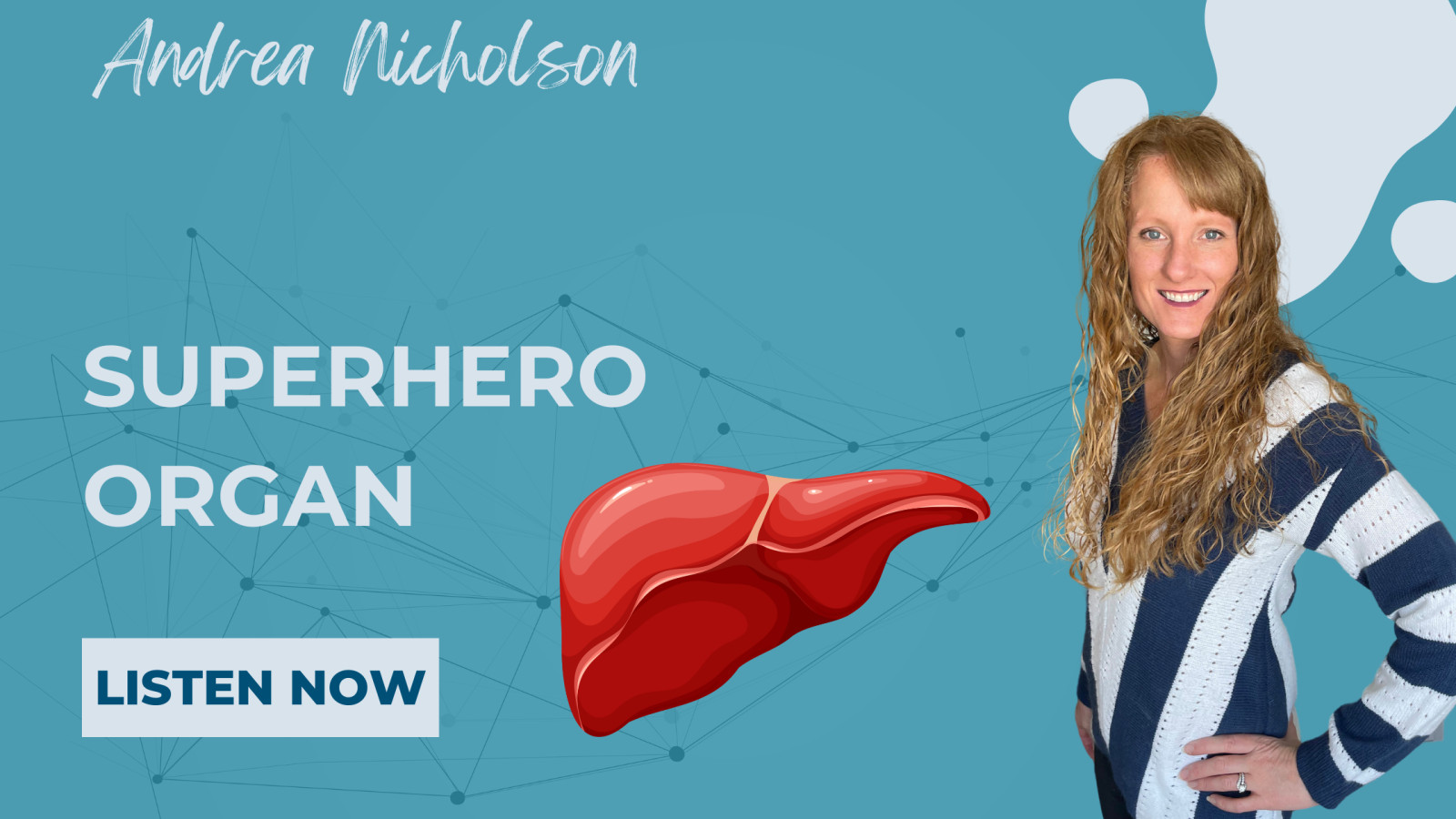




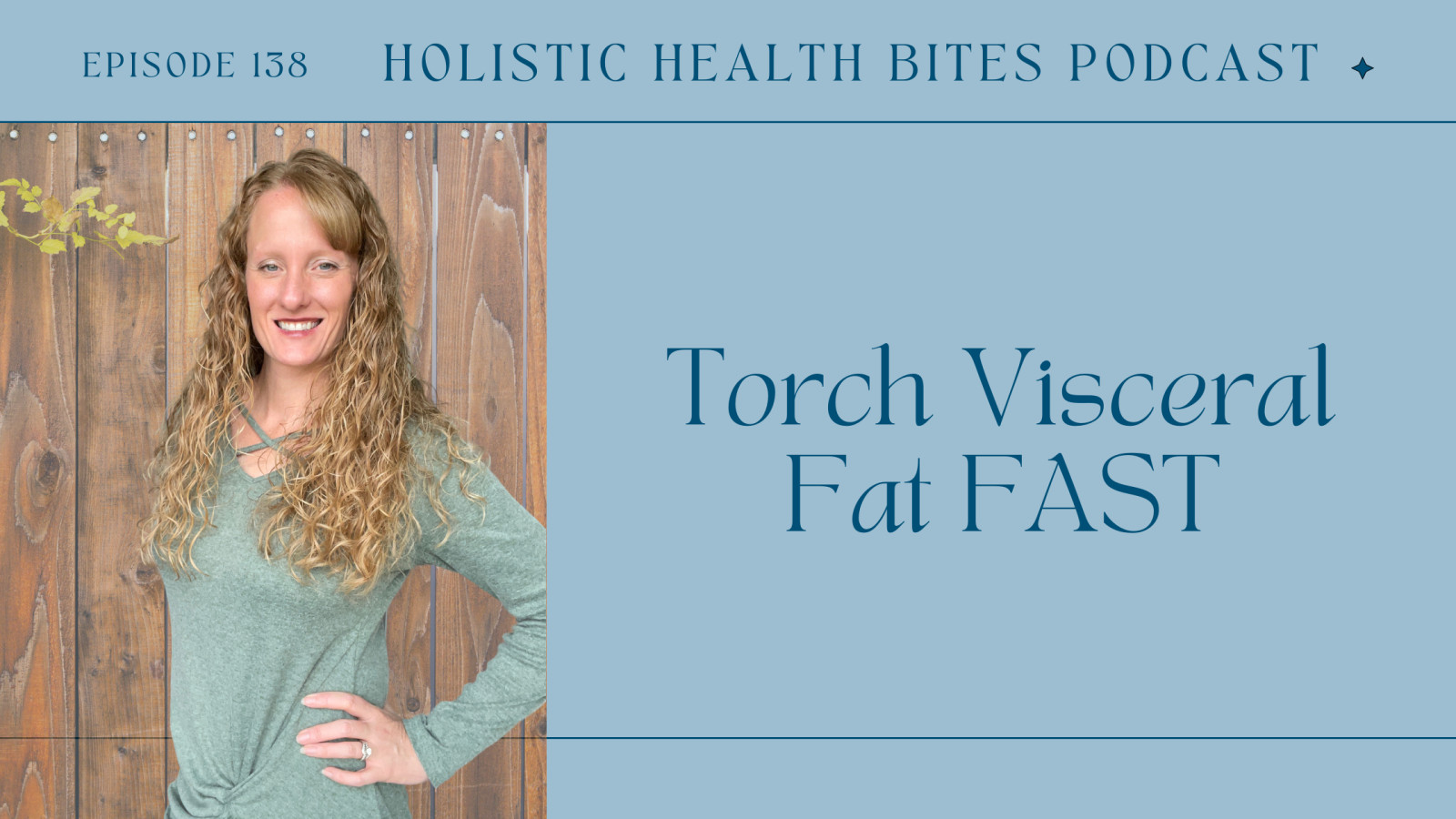


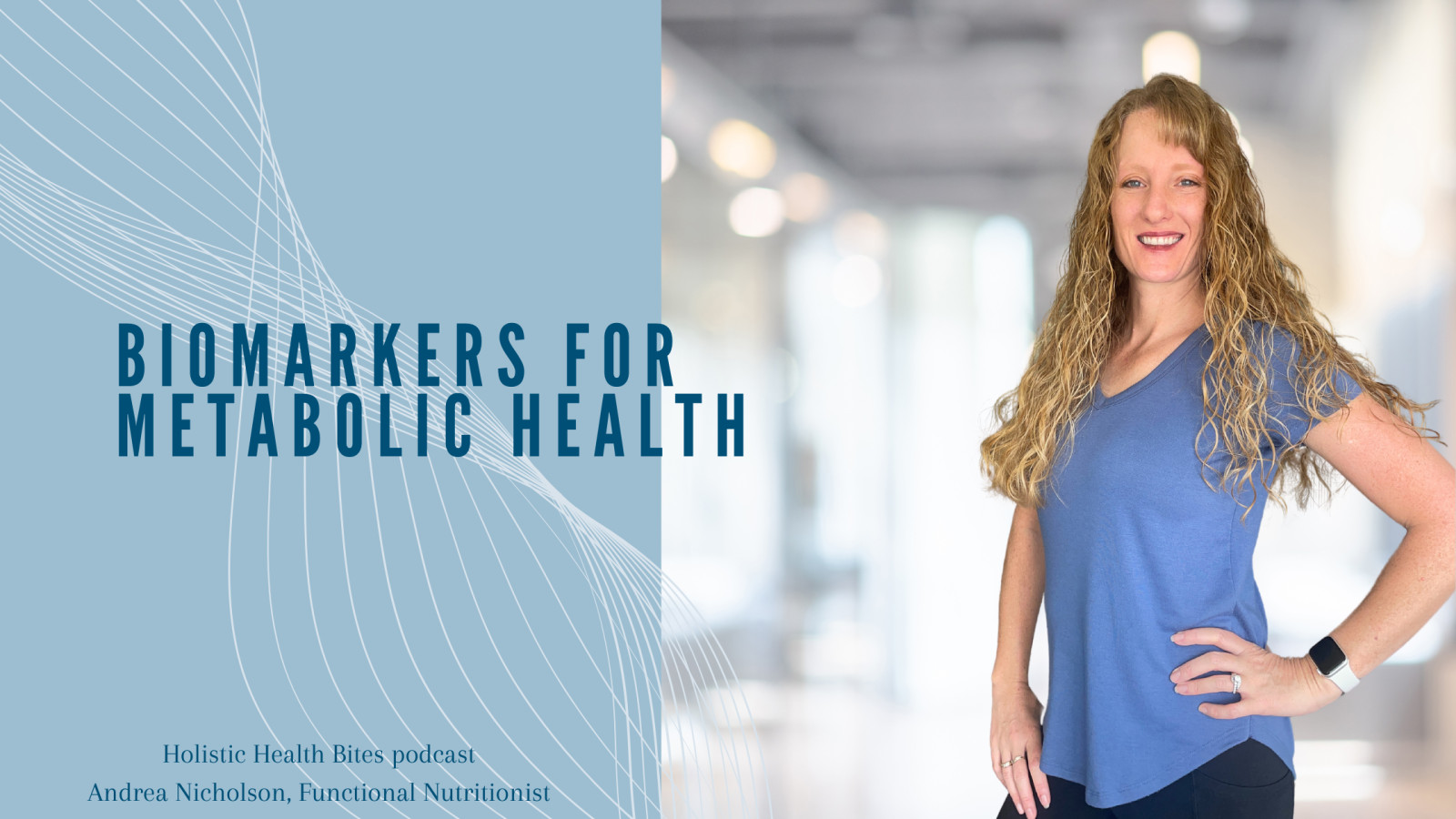






0 Comments